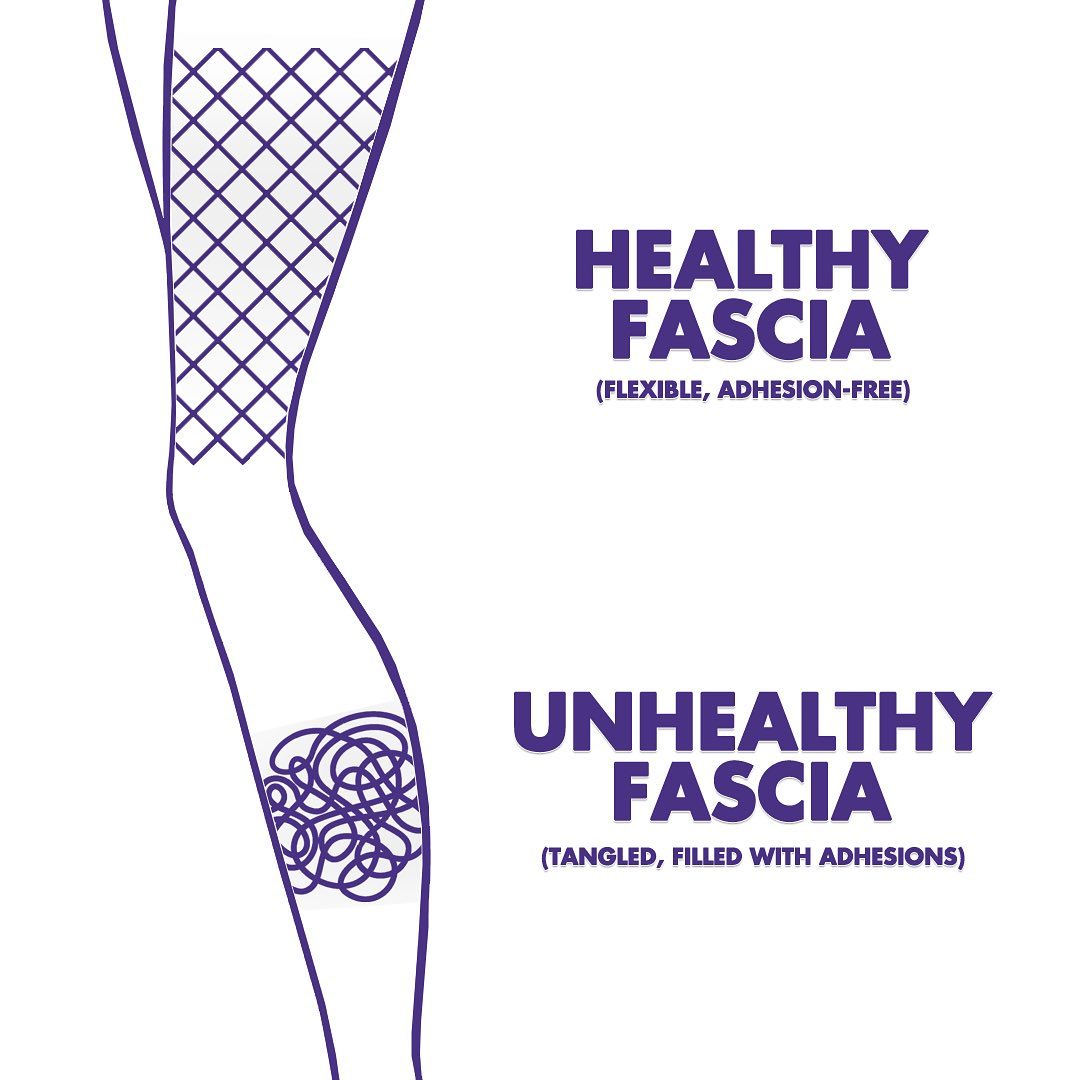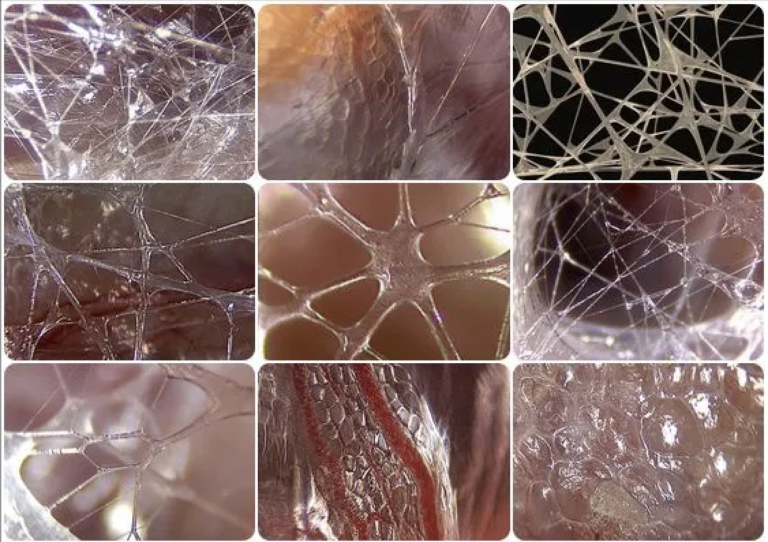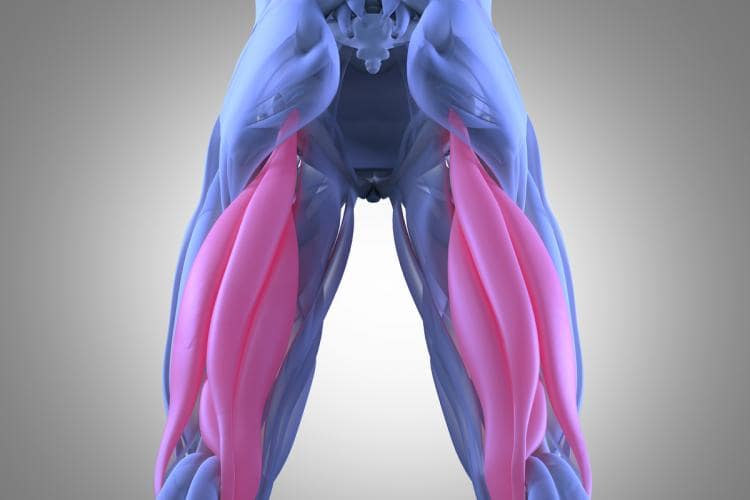Fascia: The Missing Link of Fibromyalgia Pain?
Fibromyalgia is a multifaceted condition characterized by widespread pain and tenderness throughout the body, as well as fatigue, stiffness, and sleep disturbances.
Sometimes called the “invisible illness”, as the the exact cause of fibromyalgia remains elusive, and those suffering feel invisible.
However, emerging research is suggesting fascia is the cause – and solution. Read on.

Fascia 101: Understanding Fascia: The Body’s Hidden Network
Fascia is a beautiful network of connective tissue that permeates your entire body, from head to toe. It not only surrounds, but also permeates your muscles, organs, bones, and nerves. You can imagine it as your body’s internal scaffolding.
In addition to providing structure, fascia is the communication highway for our internal systems. When fascia is healthy, it is hydrated and flexible, and we move freely without pain.
Healthy fascia is smooth, slippery and flexible. It can become sticky, gummy, and adhesed through lifestyle – either too little movement or too much repetitive movements – and also trauma. When fascia becomes densified, it’s stiff and inflexible, contributing to pain, stiffness, and restricted ranges of motion.

The Science Behind Fascia and Fibromyalgia: Is There a Link?
Research continues to explore the link between fascia and chronic pain conditions like fibromyalgia. Individuals with fibromyalgia have been found to have altered fascial disharmonies, resulting in:
- Trigger Points: Fascial adhesions can create trigger points – hypersensitive areas within the fascia that can radiate pain throughout the body.
- Inflammation: Restricted fascia can impede blood flow and lymphatic drainage, leading to inflammation and pain.
- Nervous System Sensitization: Fascial dysfunction may irritate nerves, amplifying pain signals sent to the brain.
How Fascia Flo can help to relieve Fibromyalgia pain
While fascia may appear to be the fibromyalgia villain, it is also the source of hope. Improving fascial health can offer a natural approach to managing fibromyalgia symptoms. Here’s where Fascia Flo comes in:
- Effective Pain-Free Technique: Unlike aggressive stretching or manual rolling, fascia flo utilizes an effective and pain-free method. In fascia flo, we move through series of pandiculating movements, to progressively improve the health of the fascia.
- Healthier Fascia = Hydrated Fascia: With fascia flo, our tissues become more hydrated and pliable, allowing for better circulation, blood flow and lymphatic drainage.
- Pain Reduction: With regular fascia flo practice, you’ll notice that nagging pains and stubborn tension areas begin to soften and release. As the fascial network becomes healthier, it isn’t bound by adhesions that once restricted movement.
Strategies to Improve Fascial Health and Manage Fibromyalgia Symptoms
In fascia flo, we can work with the meridians and organs associated with the spleen and thymus to assist with fibromyalgia symptoms. While these photos show version working on the mat, we also have knee-friendly versions.


Of course, we still want to address the body as a whole, since we are whole and the fascia is continuous.
Unlocking Fibromyalgia Relief: Start Your Fascia FLO Journey
Fascia flo is movement that nourishes so you can feel good in your body again. Link through to try free fascia flo classes* or join our membership here.
Remember, consulting with your healthcare provider before starting any new exercise program is crucial, especially if you have fibromyalgia.







